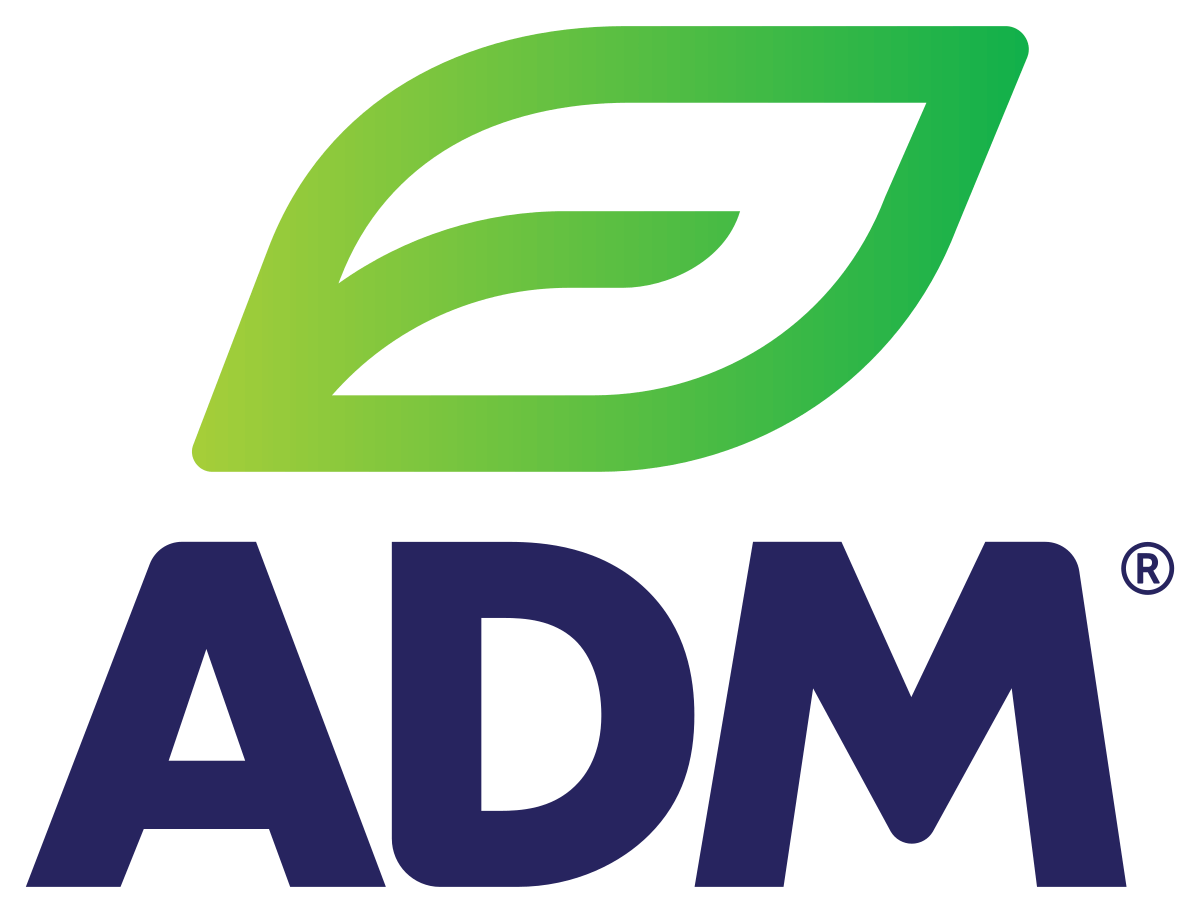Global Lubricant Market By Base Oil, By Product Type, By End Use Industry, By Distribution Channel, By Region & Segmental Insights Trends and Forecast, 2024 – 2034
- Industry: Chemicals & Materials
- Report ID: TNR-110-1104
- Number of Pages: 420
- Table/Charts : Yes
- May, 2024
- Base Year : 2024
- No. of Companies : 10+
- No. of Countries : 29
- Views : 10191
- Covid Impact Covered: Yes
- War Impact Covered: Yes
- Formats : PDF, Excel, PPT
Lubricants are substances applied between two surfaces to reduce friction, wear, and heat generated when the surfaces move. They enhance the efficiency and lifespan of machinery by forming a protective film, minimizing direct contact between moving parts. Common types include oils, greases, and dry lubricants, each serving specific applications across various industries. The lubricant market is driven by several factors. Key among them is the rapid industrialization and growth in automotive industries, which demand high-performance lubricants for machinery and engines. Increasing awareness of energy efficiency and stringent environmental regulations promote the use of advanced, eco-friendly lubricants. Technological advancements and the rise in renewable energy sectors also contribute to market expansion, necessitating specialized lubricants for different applications. In terms of revenue, the global lubricant market was worth US$ 143.7 Bn in 2023, anticipated to witness a CAGR of 4.9% During 2024 – 2034.

Trends in the Global Lubricant Market
- A notable trend in the lubricant market is the growing preference for synthetic and bio-based lubricants. Synthetic lubricants, made from chemically modified petroleum components, offer superior performance, longevity, and resistance to extreme temperatures. Bio-based lubricants, derived from renewable sources like vegetable oils, address environmental concerns, offering biodegradability and lower toxicity. The rising emphasis on sustainability and stringent environmental regulations drive this shift, as industries aim to reduce their ecological footprint and improve operational efficiency.
- The integration of smart lubricants is another emerging trend. These advanced lubricants are embedded with sensors and diagnostic capabilities, enabling real-time monitoring of machinery health and lubricant conditions. This proactive approach helps in predictive maintenance, reducing downtime and maintenance costs. Industries are increasingly adopting these innovative solutions to enhance productivity and reliability. The development of the Internet of Things (IoT) and advancements in sensor technology are fueling the growth of smart lubricants, transforming traditional maintenance practices into more efficient, data-driven processes.
Global Lubricant Market Revenue & Forecast, (US$ Million), 2016 – 2034
Mineral oil lubricants have seen a surge in popularity recently, emerging as the fastest-growing segment in the global lubricant market. This growth is driven by their cost-effectiveness, widespread availability, and versatility across various applications, including automotive, industrial machinery, and marine sectors. Enhanced formulations have improved their performance and environmental compatibility, making them a preferred choice over synthetic alternatives. Furthermore, increasing industrialization and the expansion of the automotive industry, particularly in developing regions, are bolstering demand. As industries seek reliable and efficient lubrication solutions, mineral oil lubricants are positioned to meet these needs, offering a balance of performance and affordability that fuels their rapid market expansion during the forecast period.

In 2023, hydraulic oil led the global lubricant market, commanding a significant revenue share of 19.4%. Its dominance is projected to persist throughout the forecast timeline, driven by its critical role in various industrial and mobile equipment applications. Hydraulic oil is essential for power transmission, system efficiency, and protection against wear and corrosion in hydraulic machinery. The rise in construction, manufacturing, and agricultural activities globally has fueled demand for high-performance hydraulic fluids. Moreover, advancements in hydraulic oil formulations, focusing on improved thermal stability and biodegradability, contribute to its sustained market leadership. As industries continue to prioritize efficiency and machinery longevity, hydraulic oil remains a cornerstone in the global lubricant market.

In 2023, the aerospace industry emerged as the fastest-growing segment in the global lubricant market, capturing a notable revenue share of 11.5%. This growth is driven by the increasing demand for advanced lubricants that ensure optimal performance, reliability, and safety of aerospace components under extreme conditions. Innovations in synthetic and high-performance lubricants tailored for aircraft engines, hydraulic systems, and other critical parts have further propelled market expansion. The rising number of commercial flights, advancements in military aviation technology, and the growth of the space exploration sector also contribute significantly to this trend. As the aerospace industry continues to expand, the demand for specialized lubricants designed to enhance efficiency and durability is set to soar.

In 2023, the direct segment by distribution channel achieved the highest share in the global lubricant market. This dominance is attributed to the direct sales approach, which allows manufacturers to build stronger relationships with end-users and provide tailored solutions. By eliminating intermediaries, companies can offer competitive pricing, enhanced customer service, and specialized technical support. This distribution strategy is particularly effective in industrial and commercial sectors where customized lubricant solutions and reliable supply chains are critical. As businesses increasingly prioritize efficiency and cost-effectiveness, the direct distribution channel continues to lead the market, reinforcing its significance in the lubricant industry.

North America is anticipated as the fastest growing region during the forecast timeline. This growth is driven by the robust industrial sector, technological advancements, and increasing demand for high-performance lubricants in automotive and manufacturing industries. The region’s strong focus on energy efficiency and sustainability further fuels the adoption of advanced lubricant formulations. Significant investments in infrastructure and the resurgence of manufacturing activities in the United States and Canada contribute to the rising demand. As North America continues to innovate and expand its industrial base, it is set to lead the growth in the global lubricant market.
Competitive Landscape
The lubricant market’s competitive landscape is characterized by major players like Shell, ExxonMobil, and BP, who dominate with extensive product portfolios and global reach. Emerging companies focus on innovative, sustainable solutions. Intense competition drives continuous advancements, ensuring diverse, high-performance products meet evolving industrial and consumer demands.
Some of the players operating in the lubricant market are
- Amsoil Inc.
- BP p.l.c.
- Buhmwoo Chemical Co. Ltd.
- CASTROL LIMITED
- Chevron Corporation
- China Petrochemical Corp. (Sinopec)
- Exxon Mobil Corporation
- FUCHS
- Gulf Oil International Ltd
- Idemitsu Kosan Co. Ltd.
- Lukoil
- Petrobras
- PetroChina Company Ltd. ( Kunlun Lubricating)
- PetroFer Chemie
- Petronas Lubricant International
- Philips 66 Company
- Quaker Chemical Corp.
- Shell
- Total Energies
- Unioil Petroleum Philippines, Inc.
- Valvoline LLC
- Zeller Gmelin Gmbh & Co. KG
- Others Industry Participants
Global Lubricant Market Scope
| Report Specifications | Details |
| Market Revenue in 2023 | US$ 143.7 Bn |
| Market Size Forecast by 2034 | US$ 243.2 Bn |
| Growth Rate (CAGR) | 4.9% |
| Historic Data | 2016 – 2022 |
| Base Year for Estimation | 2023 |
| Forecast Period | 2024 – 2034 |
| Report Inclusions | Market Size & Estimates, Market Dynamics, Competitive Scenario, Trends, Growth Factors, Market Determinants, Key Investment Segmentation, Product/Service/Solutions Benchmarking |
| Segments Covered | By Base Oil, By Product Type, By End Use Industry, By Distribution Channel, By Region |
| Regions Covered | North America, Europe, Asia Pacific, Middle East & Africa, Latin America |
| Countries Covered | U.S., Canada, Mexico, Rest of North America, France, The UK, Spain, Germany, Italy, Nordic Countries (Denmark, Finland, Iceland, Sweden, Norway), Benelux Union (Belgium, The Netherlands, Luxembourg), Rest of Europe, China, Japan, India, New Zealand, Australia, South Korea, Southeast Asia (Indonesia, Thailand, Malaysia, Singapore, Rest of Southeast Asia), Rest of Asia Pacific, Saudi Arabia, UAE, Egypt, Kuwait, South Africa, Rest of Middle East & Africa, Brazil, Argentina, Rest of Latin America |
| Key Players | Amsoil Inc., BP p.l.c., Buhmwoo Chemical Co. Ltd., CASTROL LIMITED, Chevron Corporation, China Petrochemical Corp. (Sinopec), Exxon Mobil Corporation, FUCHS, Gulf Oil International Ltd, Idemitsu Kosan Co. Ltd., Lukoil, Petrobras, PetroChina Company Ltd. (Kunlun Lubricating), PetroFer Chemie, Petronas Lubricant International, Philips 66 Company, Quaker Chemical Corp., Shell, Total Energies, Unioil Petroleum Philippines, Inc., Valvoline LLC, Zeller Gmelin Gmbh & Co. KG |
| Customization Scope | Customization allows for the inclusion/modification of content pertaining to geographical regions, countries, and specific market segments. |
| Pricing & Procurement Options | Explore purchase options tailored to your specific research requirements |
| Contact Details | Consult With Our Expert
Japan (Toll-Free): +81 663-386-8111 South Korea (Toll-Free): +82-808- 703-126 Saudi Arabia (Toll-Free): +966 800-850-1643 United Kingdom: +44 753-710-5080 United States: +1 302-232-5106 E-mail: askanexpert@thenicheresearch.com
|
Global Lubricant Market
By Base Oil
- Mineral Oil Lubricants
- Synthetic Lubricants
- Bio-based Lubricants
By Product Type
- Hydraulics oil
- Grease
- Transmission fluids
- Metalworking Fluids
- Engine oils
- Process oils
- Gear oils
- Air compressors oils
- Others
By End Use Industry
- Aerospace Industry
- Automotive Industry
- Marine Industry
- Oil & Gas
- Heavy Equipment
- Food and Beverage
- Power Generation
- Metallurgy and Metalworking
- Others
By Distribution Channel
- Direct
- Indirect
By Region
- North America (U.S., Canada, Mexico, Rest of North America)
- Europe (France, The UK, Spain, Germany, Italy, Nordic Countries (Denmark, Finland, Iceland, Sweden, Norway), Benelux Union (Belgium, The Netherlands, Luxembourg), Rest of Europe)
- Asia Pacific (China, Japan, India, New Zealand, Australia, South Korea, Southeast Asia (Indonesia, Thailand, Malaysia, Singapore, Rest of Southeast Asia), Rest of Asia Pacific)
- Middle East & Africa (Saudi Arabia, UAE, Egypt, Kuwait, South Africa, Rest of Middle East & Africa)
- Latin America (Brazil, Argentina, Rest of Latin America)
Report Layout

Table of Contents
Note: This ToC is tentative and can be changed according to the research study conducted during the course of report completion.
**Exclusive for Multi-User and Enterprise User.
Global Lubricant Market
By Base Oil
- Mineral Oil Lubricants
- Synthetic Lubricants
- Bio-based Lubricants
By Product Type
- Hydraulics oil
- Grease
- Transmission fluids
- Metalworking Fluids
- Engine oils
- Process oils
- Gear oils
- Air compressors oils
- Others
By End Use Industry
- Aerospace Industry
- Automotive Industry
- Marine Industry
- Oil & Gas
- Heavy Equipment
- Food and Beverage
- Power Generation
- Metallurgy and Metalworking
- Others
By Distribution Channel
- Direct
- Indirect
By Region
- North America (U.S., Canada, Mexico, Rest of North America)
- Europe (France, The UK, Spain, Germany, Italy, Nordic Countries (Denmark, Finland, Iceland, Sweden, Norway), Benelux Union (Belgium, The Netherlands, Luxembourg), Rest of Europe)
- Asia Pacific (China, Japan, India, New Zealand, Australia, South Korea, Southeast Asia (Indonesia, Thailand, Malaysia, Singapore, Rest of Southeast Asia), Rest of Asia Pacific)
- Middle East & Africa (Saudi Arabia, UAE, Egypt, Kuwait, South Africa, Rest of Middle East & Africa)
- Latin America (Brazil, Argentina, Rest of Latin America)
The Niche Research approach encompasses both primary and secondary research methods to provide comprehensive insights. While primary research is the cornerstone of our studies, we also incorporate secondary research sources such as company annual reports, premium industry databases, press releases, industry journals, and white papers.
Within our primary research, we actively engage with various industry stakeholders, conducting paid interviews and surveys. Our meticulous analysis extends to every market participant in major countries, allowing us to thoroughly examine their portfolios, calculate market shares, and segment revenues.
Our data collection primarily focuses on individual countries within our research scope, enabling us to estimate regional market sizes. Typically, we employ a bottom-up approach, meticulously tracking trends in different countries. We analyze growth drivers, constraints, technological innovations, and opportunities for each country, ultimately arriving at regional figures.Our process begins by examining the growth prospects of each country. Building upon these insights, we project growth and trends for the entire region. Finally, we utilize our proprietary model to refine estimations and forecasts.
Our data validation standards are integral to ensuring the reliability and accuracy of our research findings. Here’s a breakdown of our data validation processes and the stakeholders we engage with during our primary research:
- Supply Side Analysis: We initiate a supply side analysis by directly contacting market participants, through telephonic interviews and questionnaires containing both open-ended and close-ended questions. We gather information on their portfolios, segment revenues, developments, and growth strategies.
- Demand Side Analysis: To gain insights into adoption trends and consumer preferences, we reach out to target customers and users (non-vendors). This information forms a vital part of the qualitative analysis section of our reports, covering market dynamics, adoption trends, consumer behavior, spending patterns, and other related aspects.
- Consultant Insights: We tap into the expertise of our partner consultants from around the world to obtain their unique viewpoints and perspectives. Their insights contribute to a well-rounded understanding of the markets under investigation.
- In-House Validation: To ensure data accuracy and reliability, we conduct cross-validation of data points and information through our in-house team of consultants and utilize advanced data modeling tools for thorough verification.
The forecasts we provide are based on a comprehensive assessment of various factors, including:
- Market Trends and Past Performance (Last Five Years): We accurately analyze market trends and performance data from preceding five years to identify historical patterns and understand the market’s evolution.
- Historical Performance and Growth of Market Participants: We assess the historical performance and growth trajectories of key market participants. This analysis provides insights into the competitive landscape and individual company strategies.
- Market Determinants Impact Analysis (Next Eight Years): We conduct a rigorous analysis of the factors that are projected to influence the market over the next eight years. This includes assessing both internal and external determinants that can shape market dynamics.
- Drivers and Challenges for the Forecast Period:Identify the factors expected to drive market growth during the forecast period, as well as the challenges that the industry may face. This analysis aids in deriving an accurate growth rate projection.
- New Acquisitions, Collaborations, or Partnerships: We keep a close watch on any new acquisitions, collaborations, or partnerships within the industry. These developments can have a significant impact on market dynamics and competitiveness.
- Macro and Micro Factors Analysis:A thorough examination of both macro-level factors (e.g., economic trends, regulatory changes) and micro-level factors (e.g., technological advancements, consumer preferences) that may influence the market during the forecast period.
- End-User Sentiment Analysis: To understand the market from the end-user perspective, we conduct sentiment analysis. This involves assessing the sentiment, preferences, and feedback of the end-users, which can provide valuable insights into market trends.
- Perspective of Primary Participants: Insights gathered directly from primary research participants play a crucial role in shaping our forecasts. Their perspectives and experiences provide valuable qualitative data.
- Year-on-Year Growth Trend: We utilize a year-on-year growth trend based on historical market growth and expected future trends. This helps in formulating our growth projections, aligning them with the market’s historical performance.
Research process adopted by TNR involves multiple stages, including data collection, validation, quality checks, and presentation. It’s crucial that the data and information we provide add value to your existing market understanding and expertise. We have also established partnerships with business consulting, research, and survey organizations across regions and globally to collaborate on regional analysis and data validation, ensuring the highest level of accuracy and reliability in our reports.















